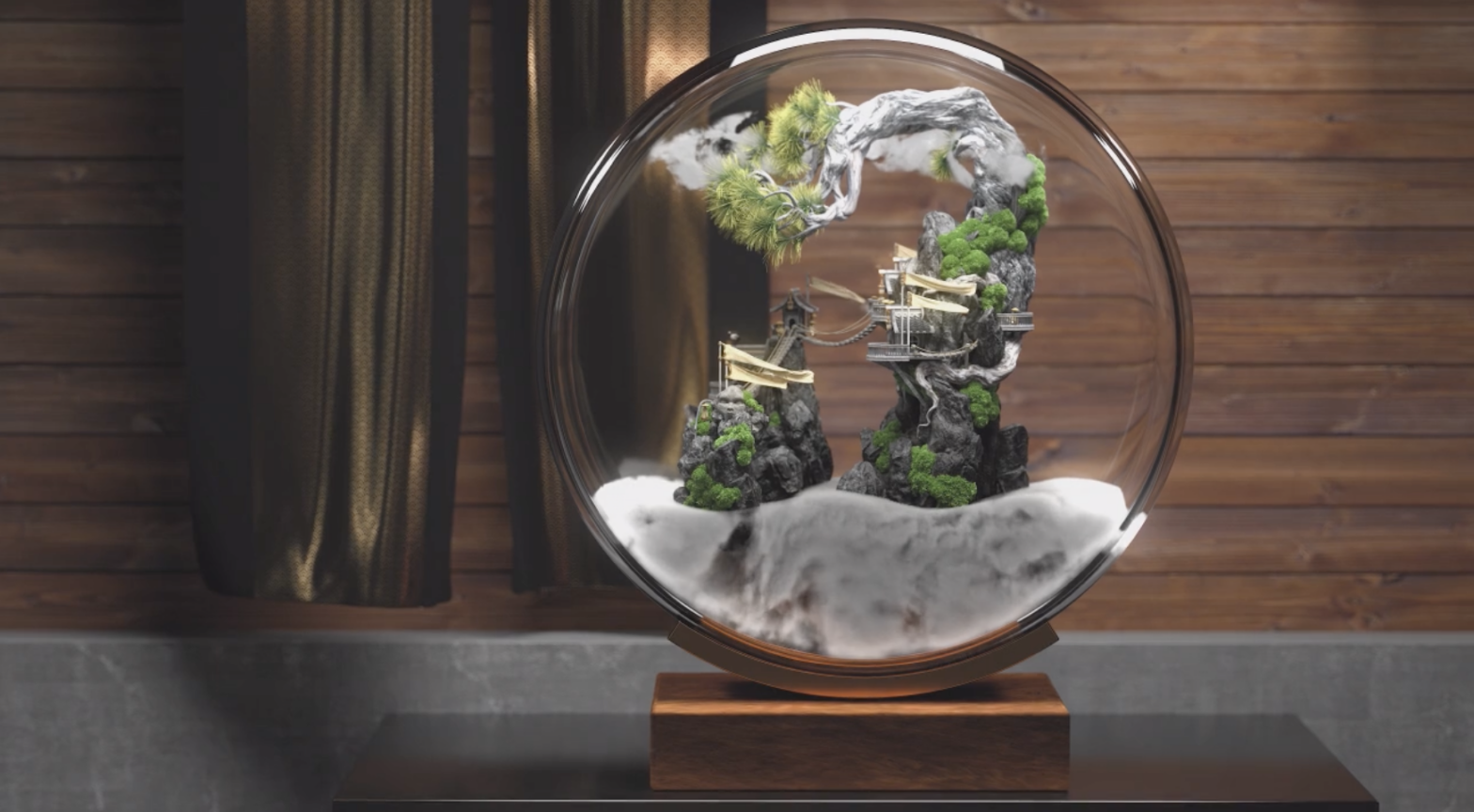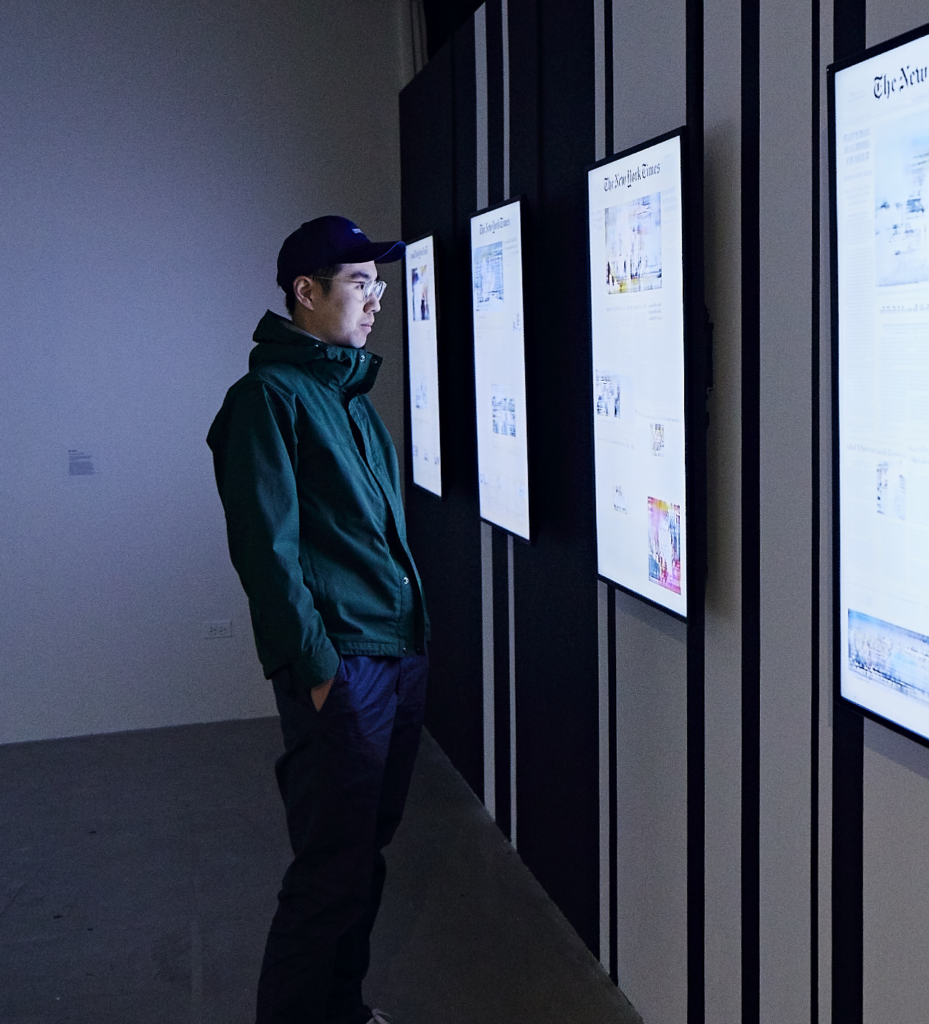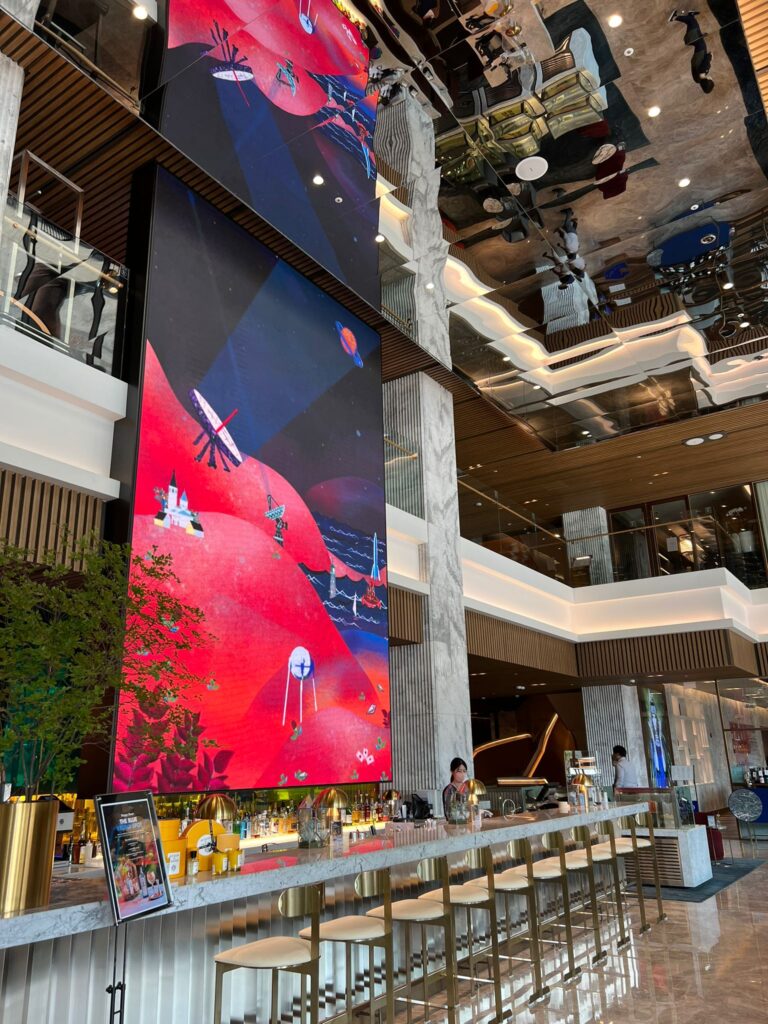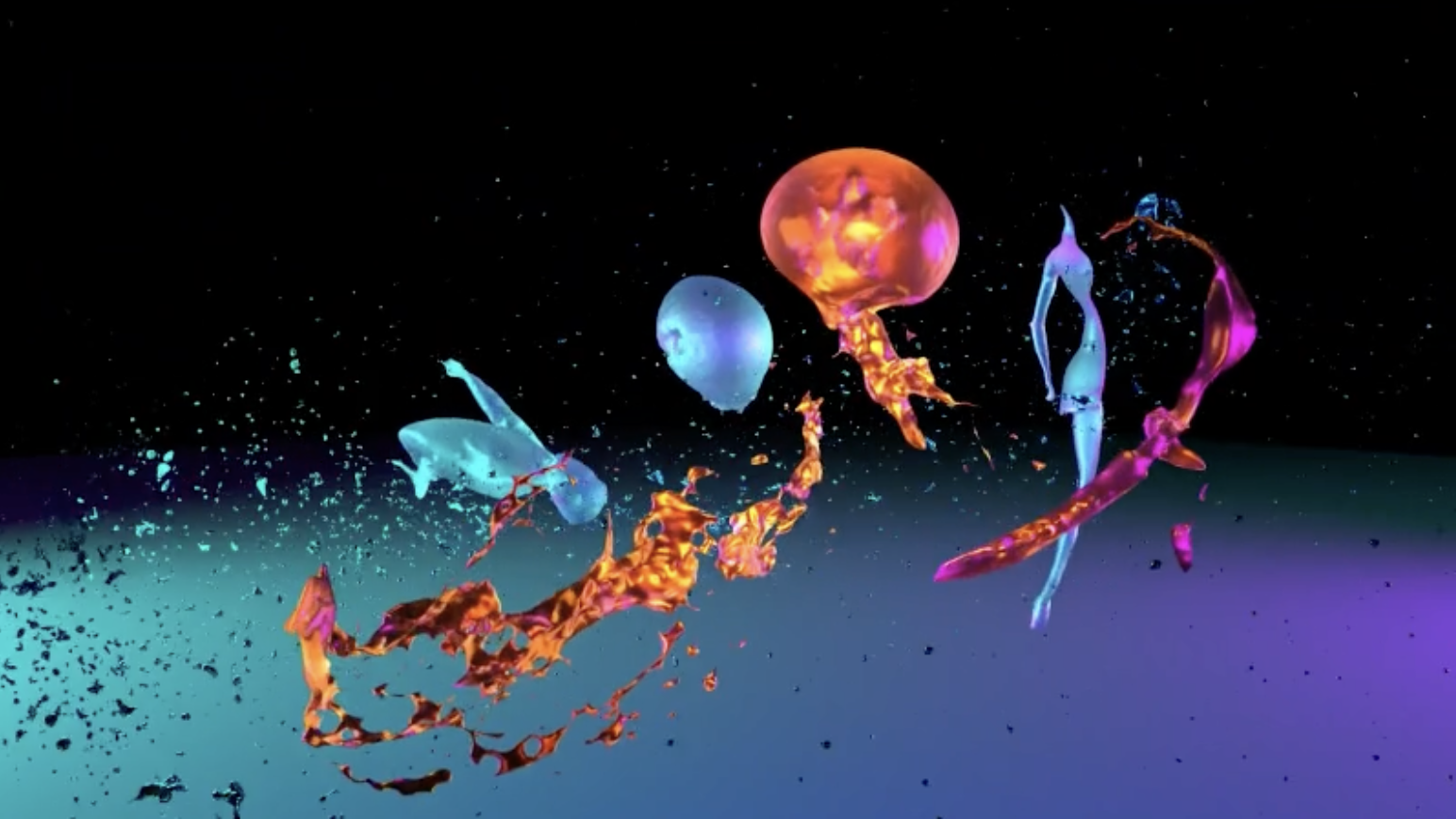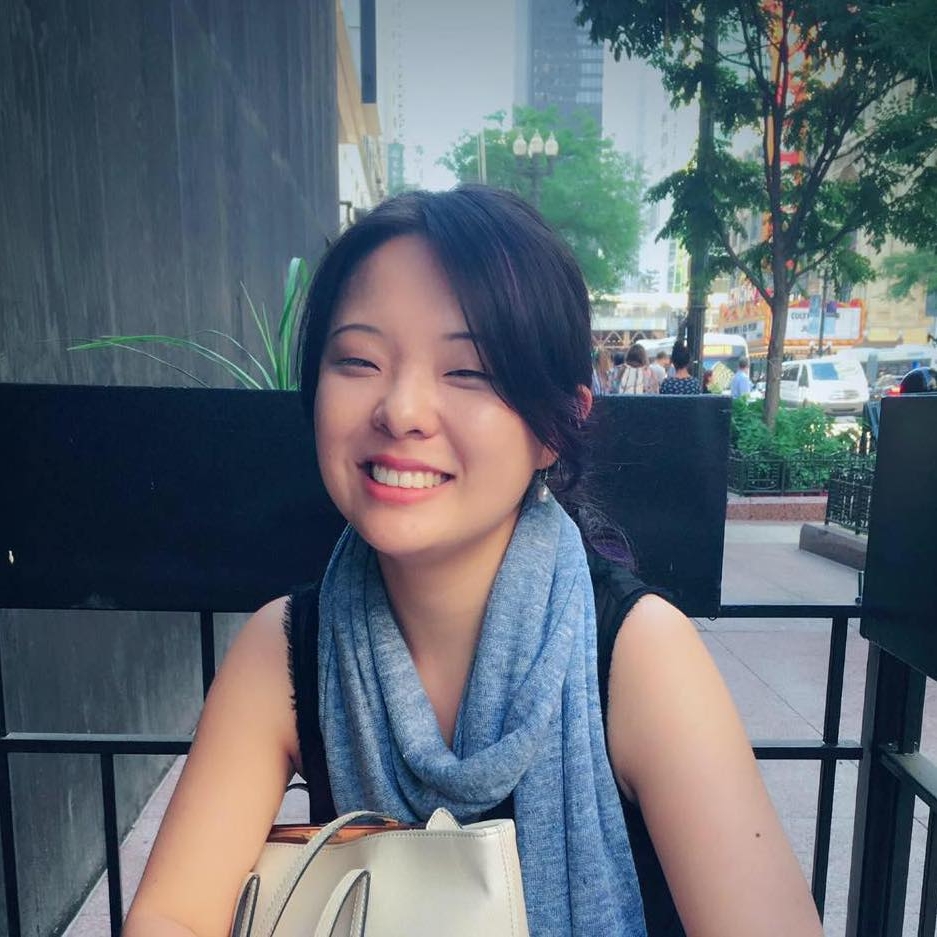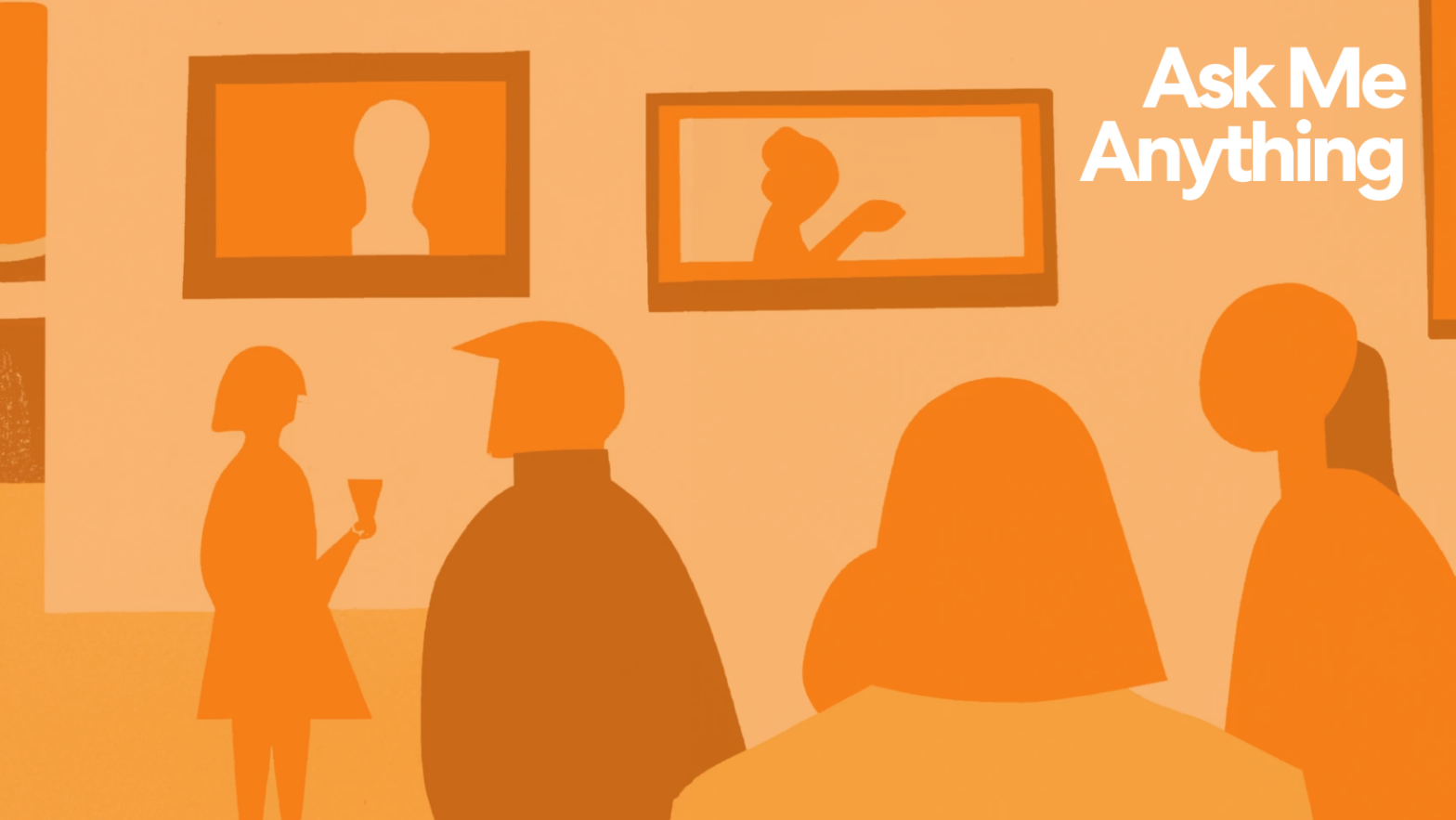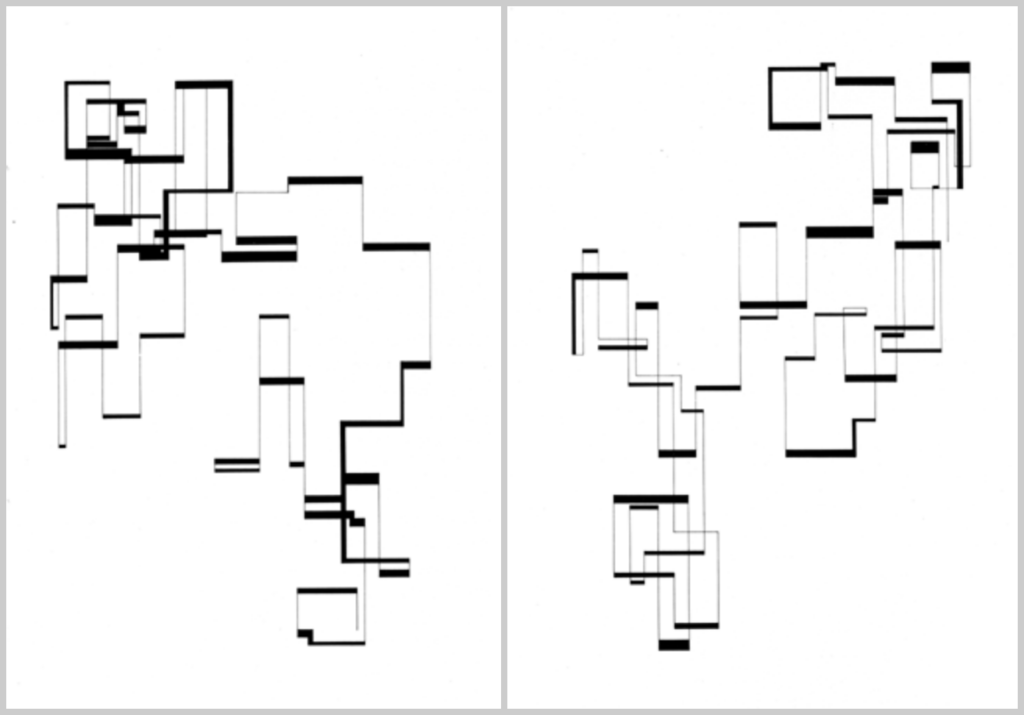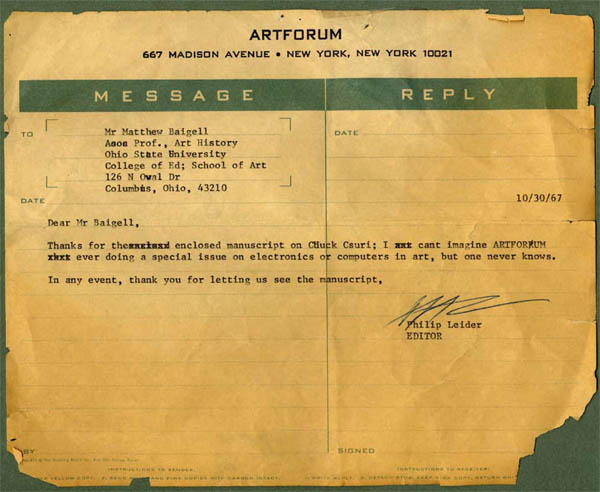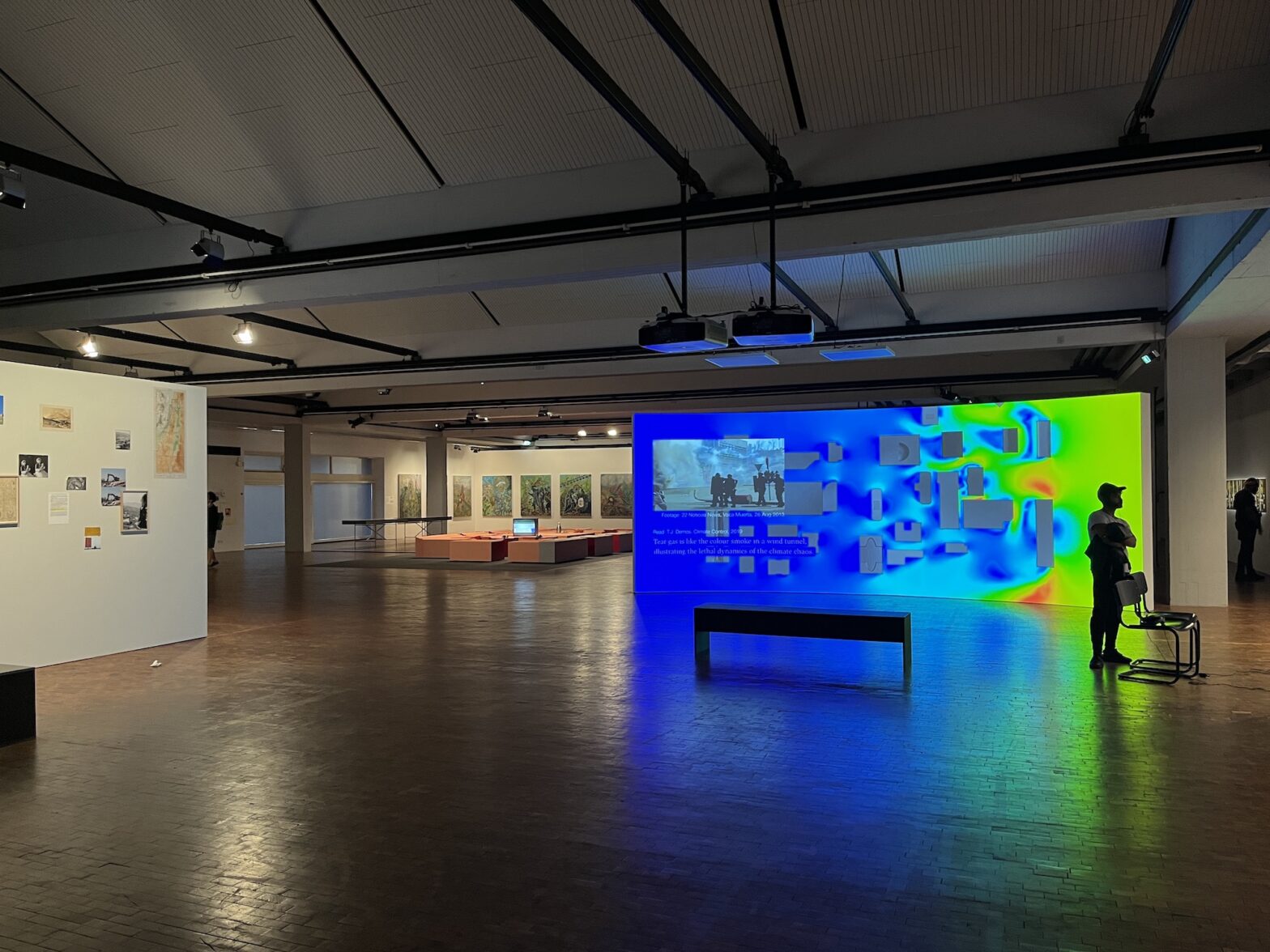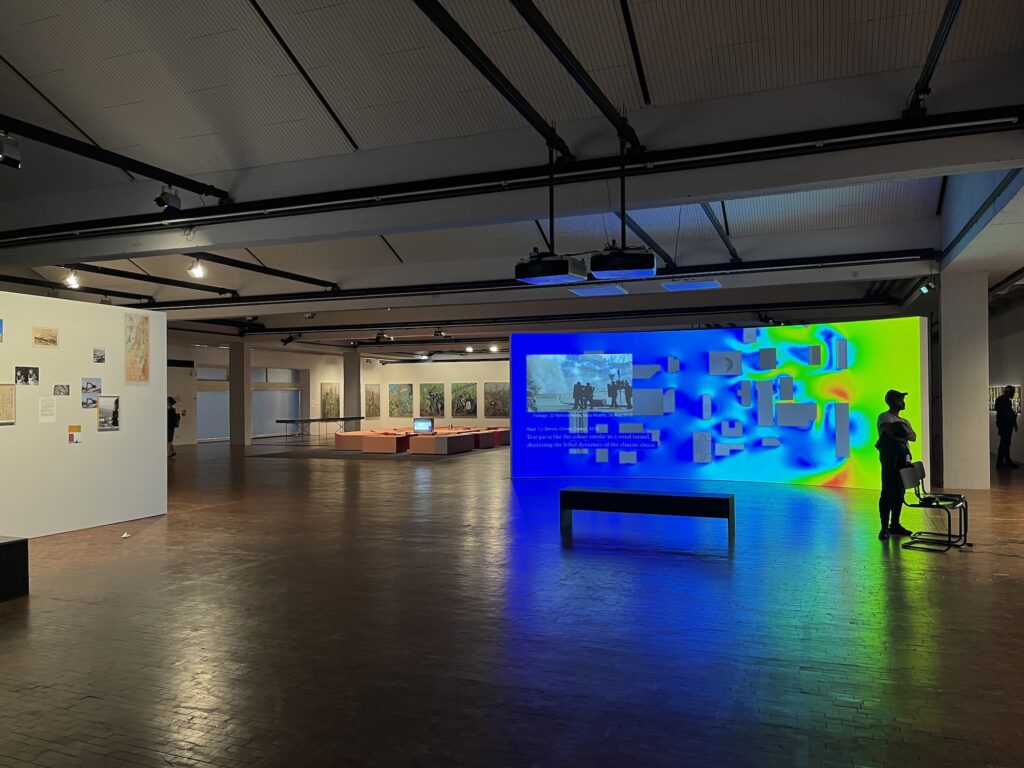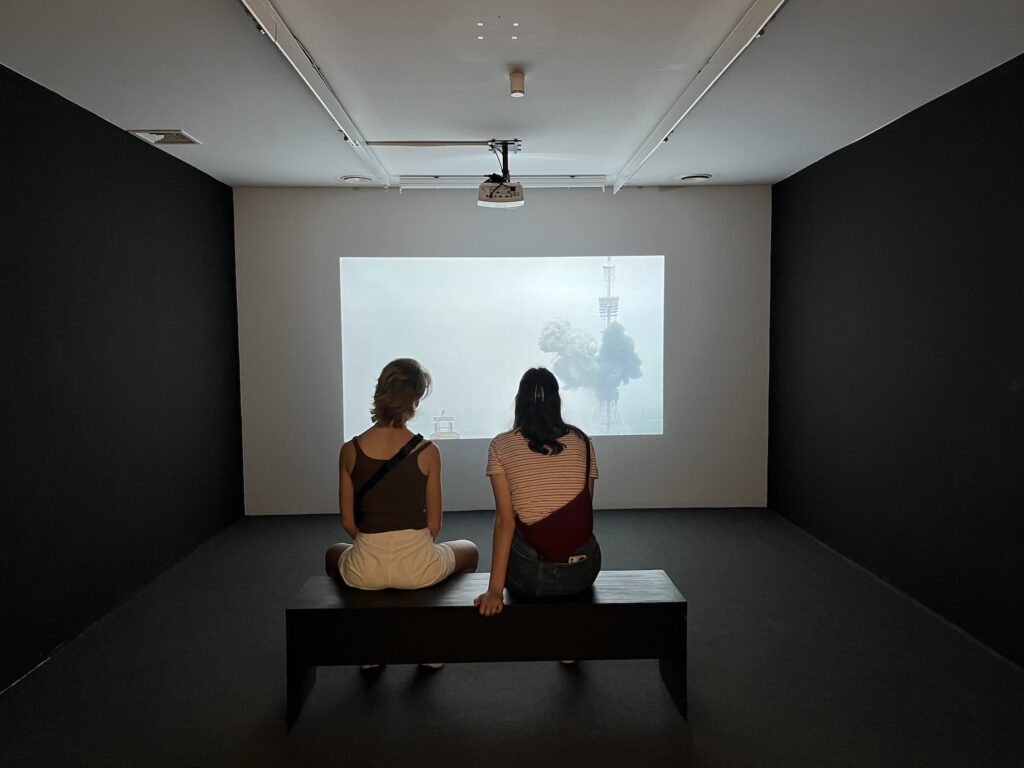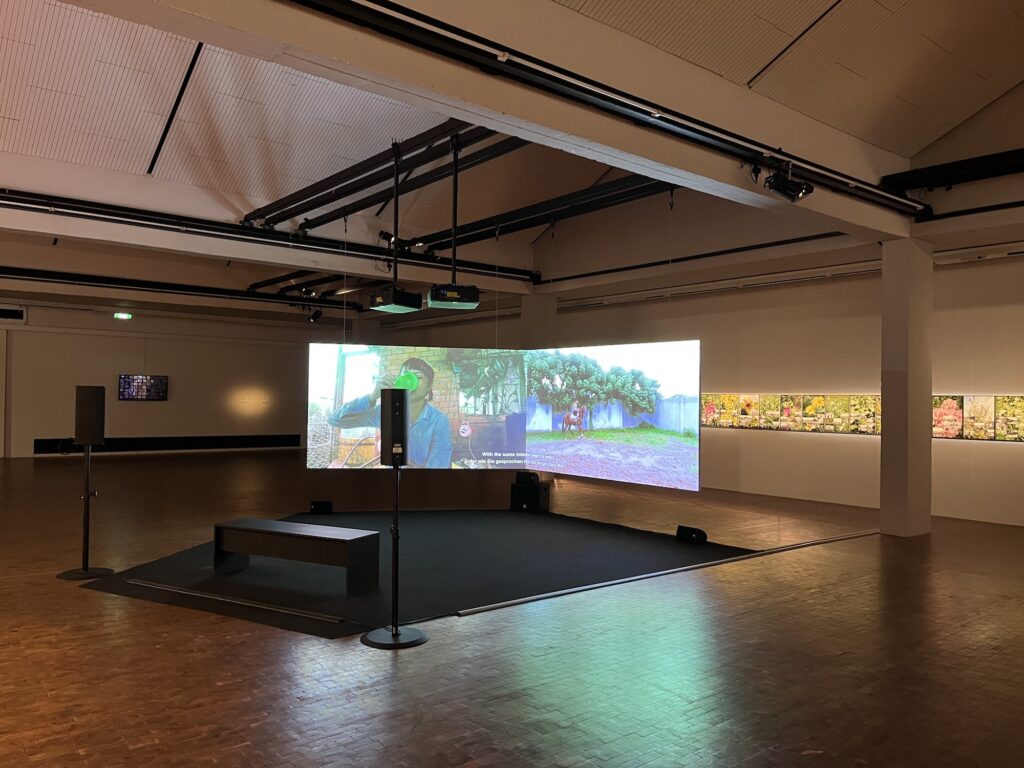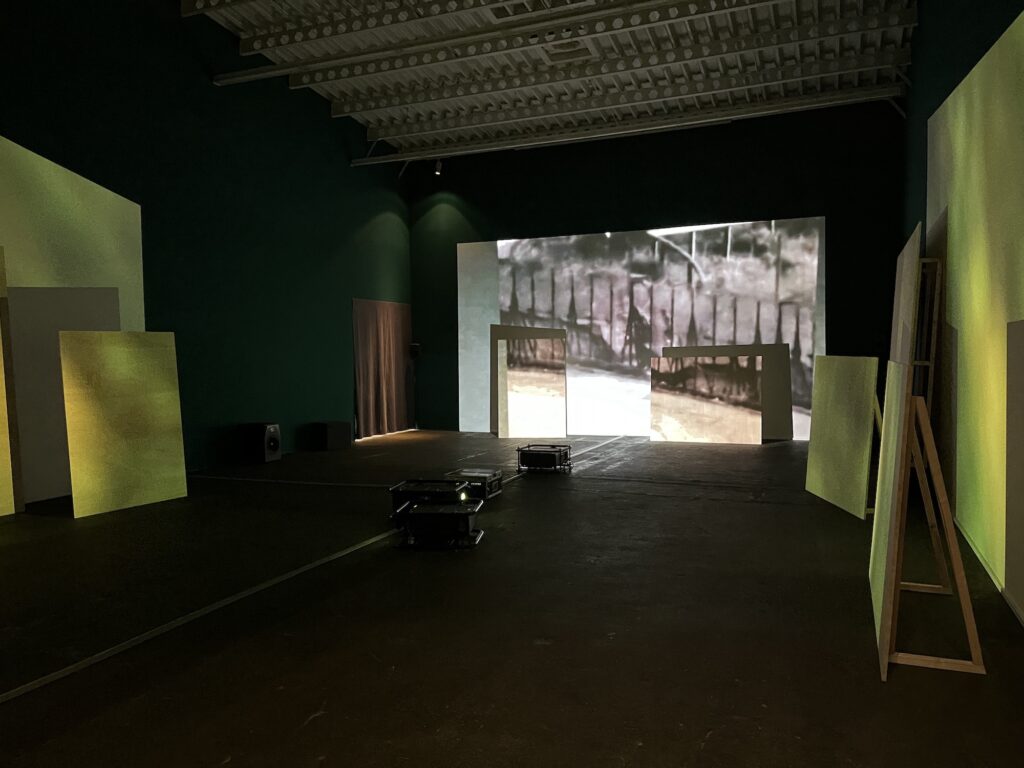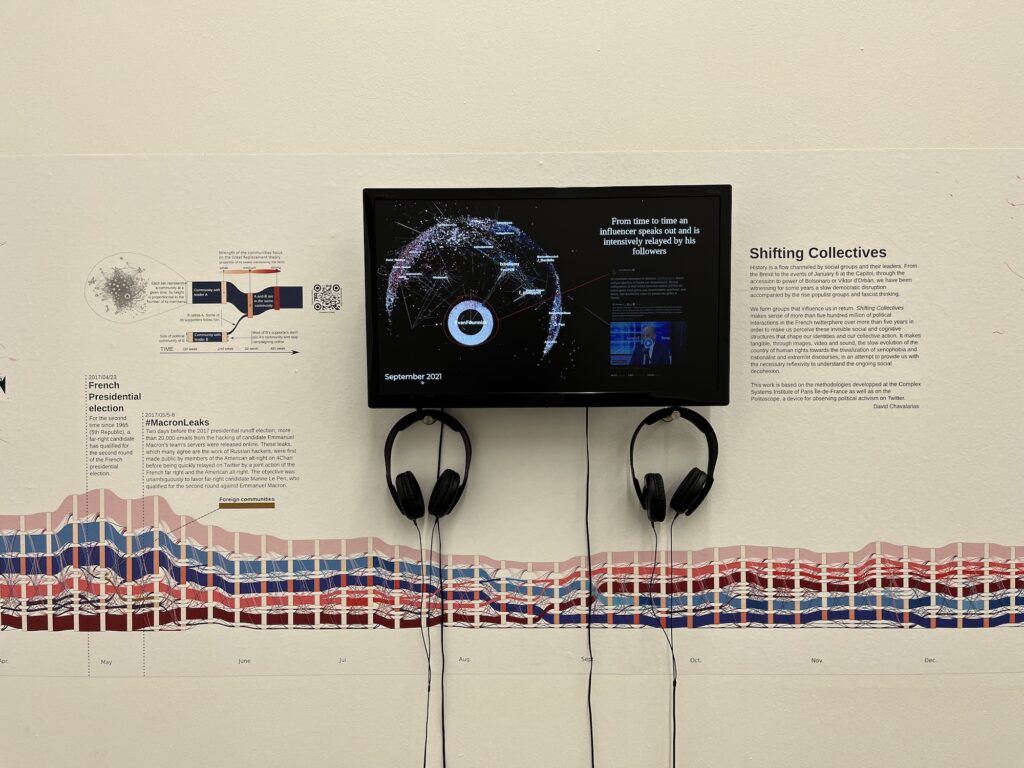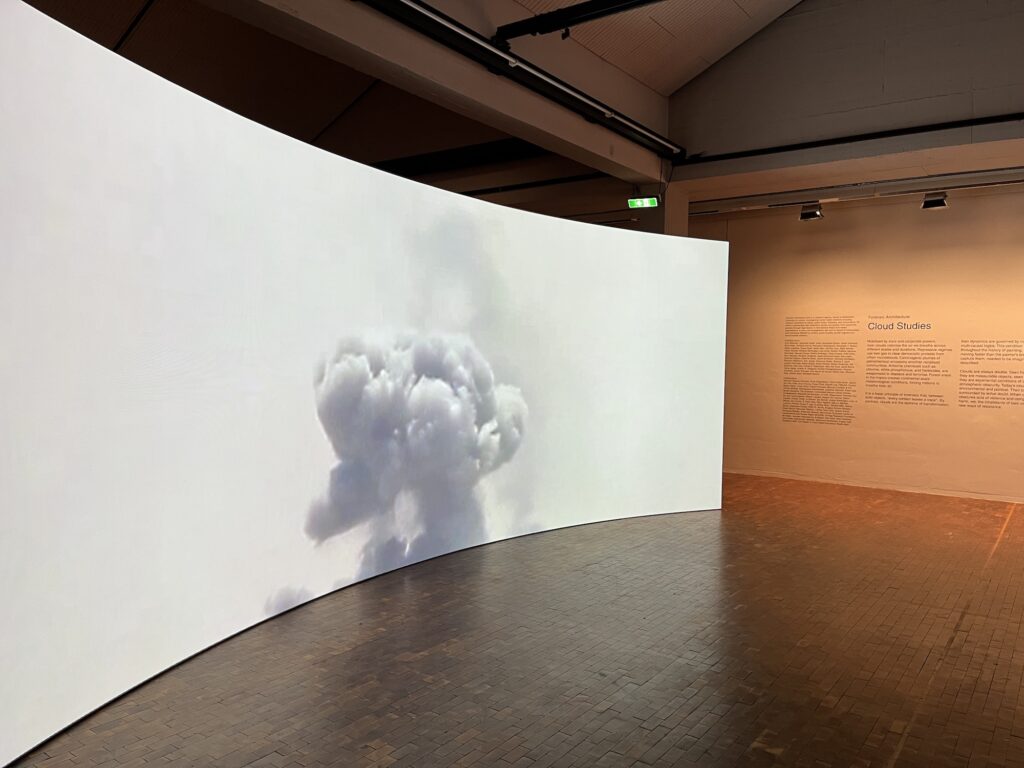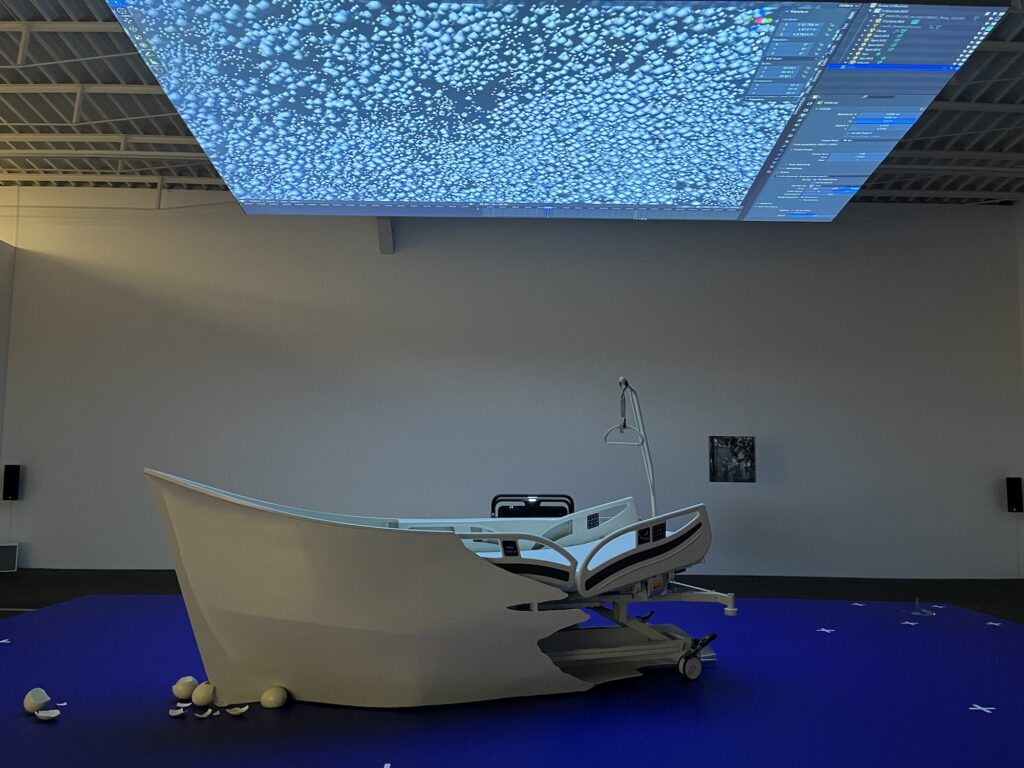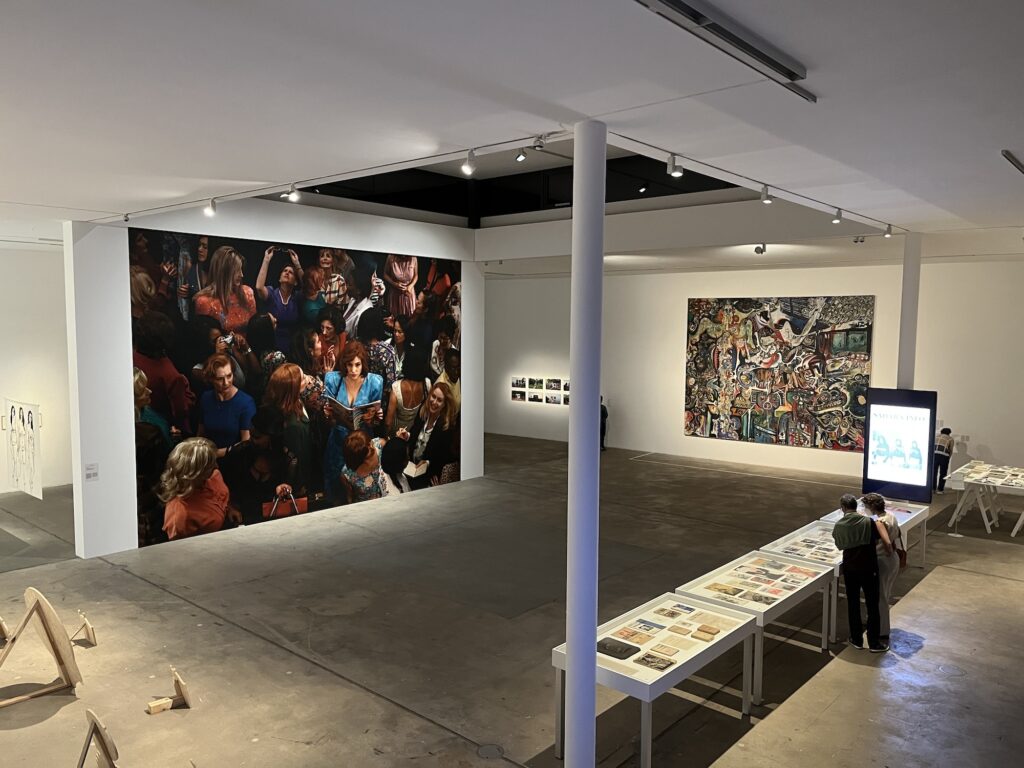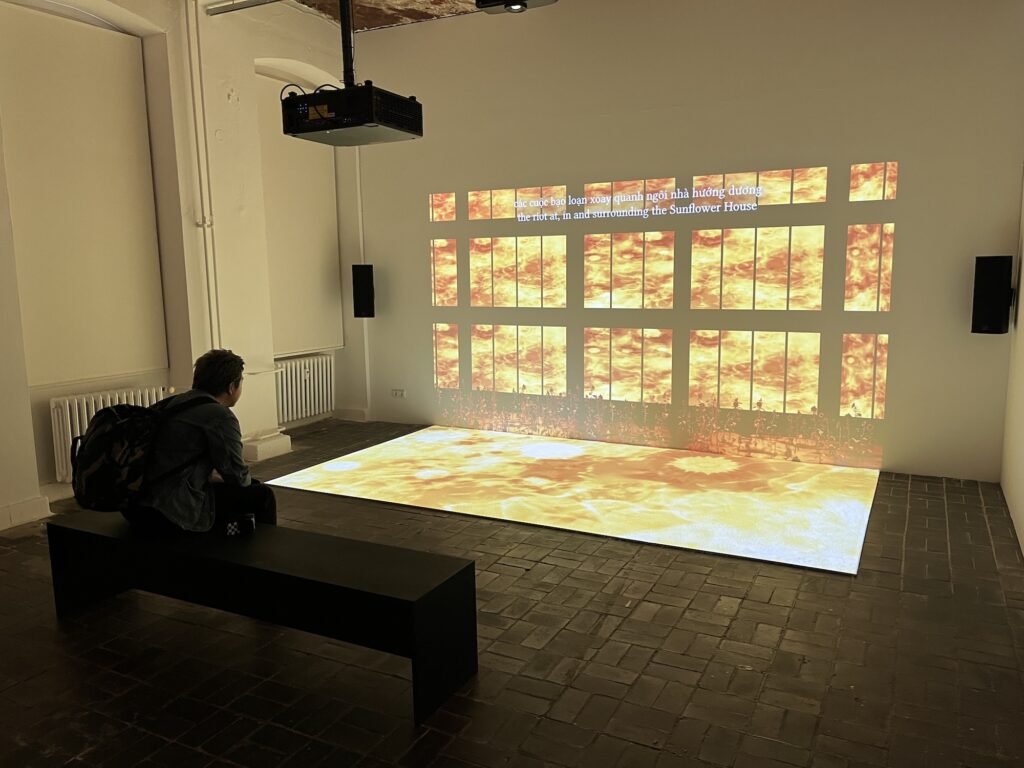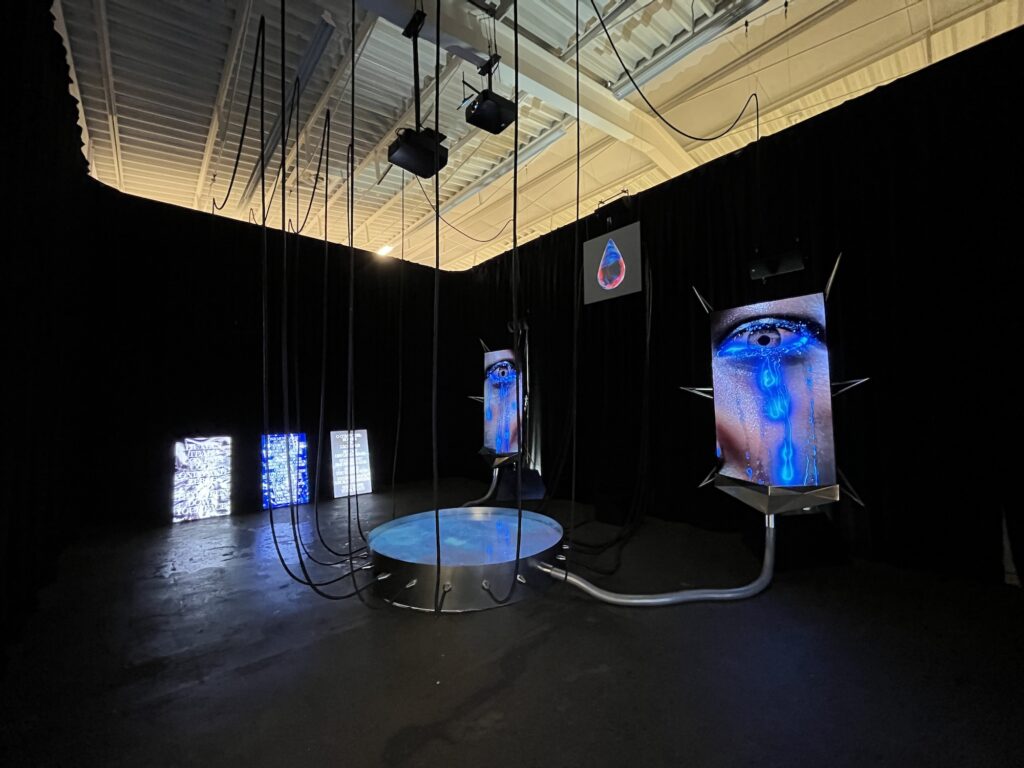By Roxanne Vardi
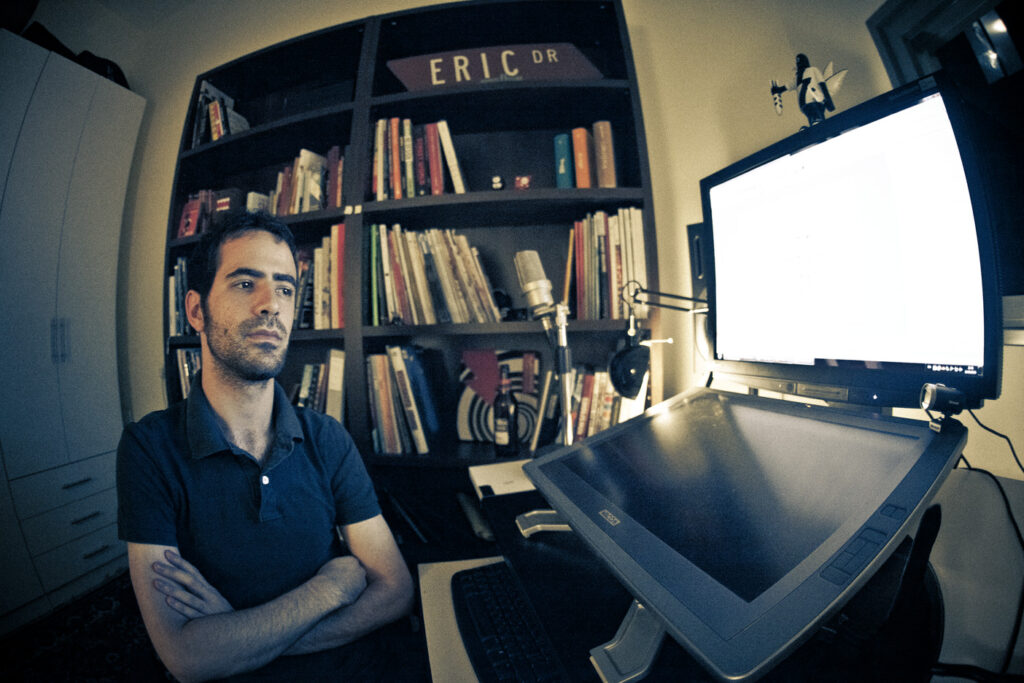
This interview is part of a series of three editorial articles that dive deeper into the different software, technicalities, and processes that go into creating digital artworks, in order to offer our readers a deeper understanding of digital art as a medium.
We speak to Eric Lerner as part of a collaboration with Render Studio, a collective creative experimentation for a digital reality. Render Studio is inspired by art, design, nature and technology and aims to explore dimensions of virtuality, interactivity and motion. Eric Lerner’s series Tokonoma is featured on Niio this month.
Eric Lerner is a new media artist, animation director and professor at the Bezalel Academy of Arts and Design where he teaches art and animation for video games.
Part of your artistic practice deals with 3D animation. Could you give us an in-depth analysis of this digital art technique? Where do you see 3D animation going in the next five years?
3D animation or CGI animation refers to many different techniques and values but often will have similarity within the use of virtual “polygons” to calculate and produce an image. This constantly evolving technical practice has seen use in practically every modern art form; from film to games, graphic design to art. It is an extremely wide and flexible field of techniques that can produce a limitless variety of different styles, therefore It is difficult to lay clear borders or boundaries to 3D as an art form.
For me, the ability to create realistic looking imagery of physically impossible scenarios is where the true power and interest lays. This has of course been in use for cinema and VFX for many years but the types of narrative popular cinema usually portrays very often lacks the type of deep meaning and context that art makes possible; through more complex forms of expression, new fantastical realities can be created and used to invoke and provoke thought and experience, and with the democratization and wide availability of 3D tools, artists anywhere are free to explore their style and visual expression in new and exciting ways. However, as the benchmark for quality rises, the entry level for artists to find their initial steps within these techniques rapidly becomes less achievable, requiring extensive study and practice; this might distance newcomers to the media. I would suggest to them that exploration of unique, even unconventional style, would be more important than technical prowess.
Eric Lerner, RedBrickWall1, 2022.
We are currently seeing a huge advancement in real time 3D rendering which allows for interactive media. To achieve the visual fidelity of what recently was only available to highly resourceful creation agents through pre-rendered processes only. This is already providing the gaming industry with hollywood style visuals for video games, but also has huge potential for art installations and exhibitions to create extremely immersive experiences that engulf viewers in an alternative reality.
Looking even further, I believe we’ll see these tools become available in more mobile setups such as smartphones and small headgear combinations. Furthermore, the interactive possibilities and AI generated content will be able to provide real time creation of completely unique experiences; entire detailed worlds created by direction of artists and then explored by viewers and users, possibly even as a one of a kind, single use experience – quite similar to our own reality.
Eric Lerner, Tokonoma I, 2022.
“For me, the ability to create realistic looking imagery of physically impossible scenarios is where the true power and interest lays.”
Towards the creation of many of your artworks you create 3D animations which you then turn into live action videos? Could you elaborate on some of the complexities of this practice and your use of a handheld camera technique?
A process I’ve been researching and expanding on involves first shooting a live action clip, usually of empty (of people) urban or forest areas. Later I will “track” the footage (this is a process that follows hundreds of points of movement in a video in order to mimic the original movement of the camera, through a mathematical process of figuring out the parallax strength in the scene, thus producing a sort of “depth map” of the film scene). With a digital copy of the original camera movement, I can “film” 3D objects within CGI creation environments using the same exact movement of the original, often handheld footage. This eventually produces the illusion of the 3D object being present during the original shoot, even if the object itself doesn’t appear realistic in its own nature.
While this technique has been long used in film VFX, I find that it can bring to life many different types of narrative (with my favorite being surreal imagery) and its magic is quite captivating. While a relatively high end technique, it can still be produced by a single artist, and its creative possibilities are extremely interesting; it brings to life impossible objects and affects the mind very effectively, producing a magical realism that can turn everyday scenes into dreamscapes.
Eric Lerner, Pools of Reflection I, 2022.
Could you share some of your early experiences working in the NFT space, and provide us with your anticipations of NFTs as an accepted traditional art medium?
When NFT first started getting attention in the art world, I was very excited by the prospect that it promised a new form of livelihood for artists, specifically for more left-field, alternative arenas of art (alternative to fine arts, mostly). Unfortunately, it quickly became apparent that a lot of people were entering the field as a quick cash grab and a lot of artists were being exploited, had their work stolen or just became obsessed with the financial aspect of this new “business” as a “get rich quick” scheme. While the technology itself was interesting, it was being used in poor taste and the original promise was mostly lost.
I feel the technology can eventually be used in decent (morally) ways but i’m not sure we are there yet. As more and more companies jump on the NFT bandwagon to use in their services, products and promotions, it’s unclear where the public’s view of NFTs will end up, but for art, either fine arts or more broad, alternative fields of art, there is still a hopeful promise for creators and collectors but more importantly, experiences of art that are yet to come to be.
Eric Lerner, Pools of Reflection II, 2022.
In Modernist Painting, Clement Greenberg suggests that the role of the Modern Artist is to bring attention to the flatness of the surface because the essence of visual arts is the optical experience. Today, through advanced technologies and softwares artists are able to create three dimensional pictorial spaces. Is it your opinion that contemporary artists working in the digital space should create experiences of visual worlds within themselves pushing our everyday reality into new realms introduced by web3 and the metaverse?
Yes, as I previously stated, the advancement of technology and its ability to create believable and emotional 3D experiences, for example, might be the starting point for a new breed of artwork where the experience is far from a single image or even a single interactive experience but rather a unique and personal experience each time it is activated, with a much broader scope than previously imagined.
That said, and pardon the controversial statement, but I find currently web3 promises to be extremely familiar, reminding me of grandiose promises made when web 2.0 was “introduced”. The main difference being the actual possibility of these ideas to come to life with technology reaching a point where they become possible. But to be truly interesting, I find these ideas need to go deeper into realms of data that might not be completely acceptable by the masses meant to enjoy them – either because they are built upon personal data or because they expose hidden truths; either way i believe these experiences have got to be personalize to be effective, otherwise they remain very 2.0 or just end up as good storytelling, which isn’t new but always very, very effective.
“I will often learn a new technique, and my immediate thought would be: How can I use this in a surprising way?.”
Eric Lerner, Gabriel in the Dreamscape, 2022.
You have stated that in the creation of your artworks you wish to explore the craft of art making in itself, and that through this investigation you are able to push the boundaries of what is possible. Could you elaborate further on this process in which your subject matter comes from technical ideas and your aims when creating new artworks?
When looking at this process in its truthful form, it is mostly a process of using the technical boundaries as limitations in order to create a “fenced” playground, which counterintuitively very often brings creative freedom. I will often learn a new technique, and my immediate thought would be: “How can I use this in a surprising way?”. For me, this usually directs into areas of magical realism where impossible events are plainly portrayed; So I will often use a technique to create unexpected yet [hopefully] intriguing moments, a tiny bit of awe for the viewer.
Unfortunately, this will often not do much in terms of context or narrative, areas which I find only inspiration derived from other narrative sources or life experiences can bring any meaningful context. This is where having your head stuck in a technical realm does little to help, or maybe even bring damage to the process. I aim to grow in these areas and I push my students to emphasize their efforts on these areas as I find them the most meaningful in a visual experience.

